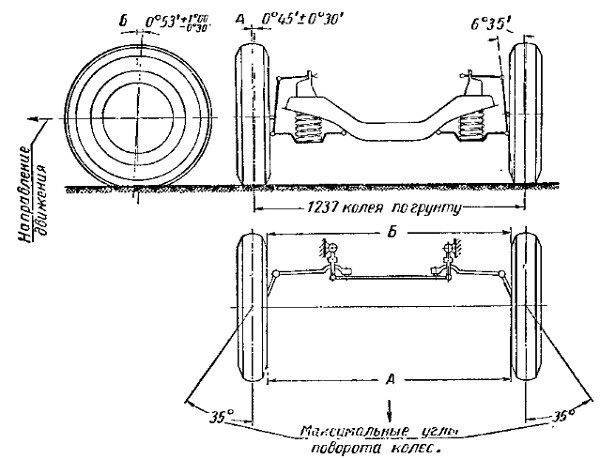
Why is it important to adjust your car's suspension?
Among routine vehicle maintenance operations, camber adjustment is the most commonly misunderstood. After all, the wheels of a car or truck are no longer "aligned" at the factory? Why should a vehicle owner worry about wheel alignment at all?
Modern suspension systems offer specific adjustments to account for variables such as manufacturing tolerances, wear, tire changes, and even crashes. But wherever there is adjustment, parts can wear out over time or slip a little (especially with a hard impact), causing misalignment. Also, any time something related to the suspension is changed, such as installing a new set of tires, the camber may change as a result. Periodic alignment checks and adjustments are a necessary part of keeping every vehicle running safely and economically.
To understand why periodic leveling is important, it's helpful to know a little about what aspects of leveling can be customized. Basic alignment adjustments:
Sock: Although the tires should point almost straight ahead, slight deviations from this are sometimes used to help the vehicle go straight even on rough or bumpy roads; these deviations from straightness are called convergence. Excessive toe-in (in or out) drastically increases tire wear and can reduce fuel economy because the tires rub against the road instead of just rolling, and large deviations from the correct toe-in settings can make the vehicle difficult to steer.
Convex: The degree to which the tires lean toward or away from the center of the vehicle when viewed from the front or rear is called camber. If the tires are perfectly vertical (0° camber), then acceleration and braking performance is maximized, and a slight inward tilt of the top of the tires (called negative camber) can help with handling as it compensates for the forces generated during cornering. . When the camber is too high (positive or negative), tire wear increases significantly because one edge of the tire takes all the load; when camber is poorly adjusted, safety becomes an issue as braking performance suffers.
caster: Caster, which is usually only adjustable on the front tires, is the difference between where the tire touches the road and the point at which it turns when cornering. Imagine shopping cart front wheels that automatically align when the vehicle is pushed forward to see why this might be important. Proper caster settings help the vehicle drive straight; incorrect settings can make the vehicle unstable or difficult to turn.
All three settings have one thing in common: when they are set correctly, the car behaves well, but even a slight deviation from the correct settings can increase tire wear, reduce fuel consumption, and make driving difficult or even unsafe. Thus, driving a car, truck, or truck with a misaligned suspension costs money (in the form of extra costs for tires and fuel) and can be unpleasant or even dangerous.
How often to check wheel alignment
If you notice changes in the handling or steering of your vehicle, you may need alignment. First check if the tires are properly inflated.
Every time you install new tires, getting alignment is a good idea. This is especially important when changing to a different brand or model of tire, and certainly necessary when changing wheel sizes.
If the car has been in an accident, even one that does not seem very serious, or if you hit an obstacle with one or more wheels hard, check the camber. Even a seemingly minor bump, such as running over a curb, can cause alignment to shift far enough to require alignment.
Periodic alignment check, even if none of the above happens, can provide long-term savings, primarily through lower tire costs. If it's been two years or 30,000 miles since the car was last aligned, it's probably time to have it checked; every 15,000 miles is more like it if you drive a lot on rough roads.
One thing to consider when aligning: You can either have a two-wheel (front only) or a four-wheel alignment. If your car has adjustable rear suspension (like most cars and trucks sold over the past 30 years), then almost always the small extra cost of four-wheel alignment is worth it if you don't spend money on tires in the long run. more.
